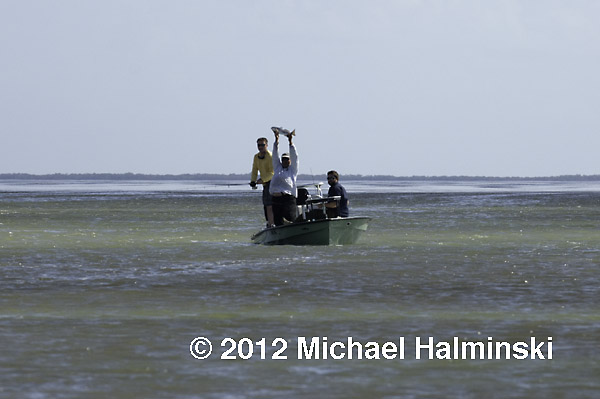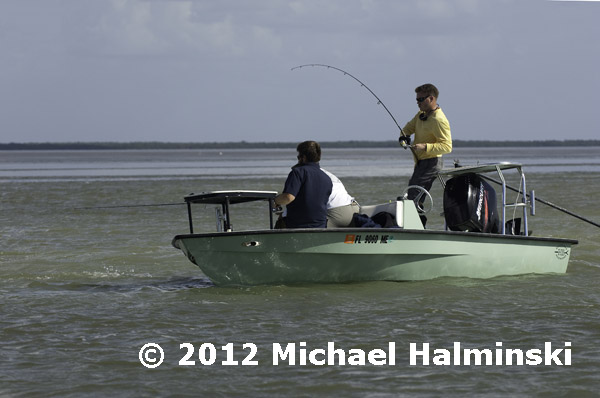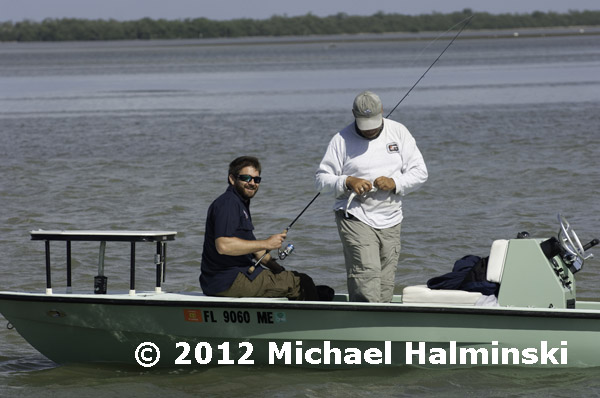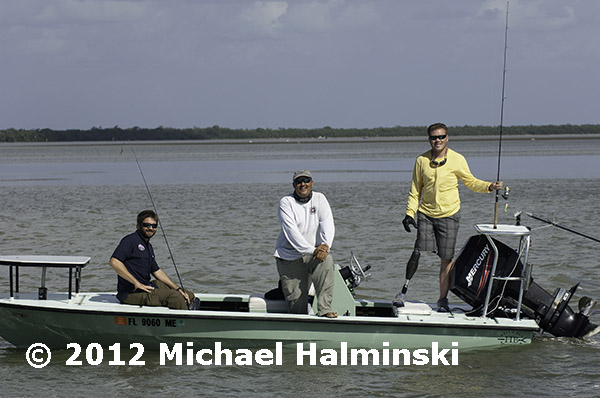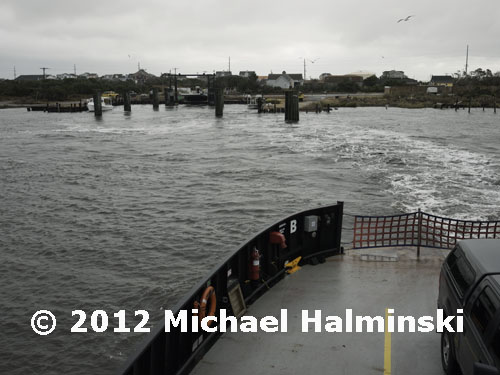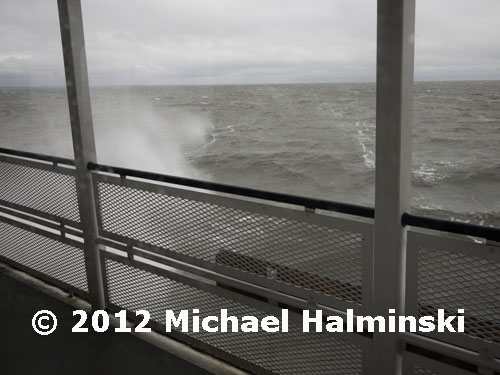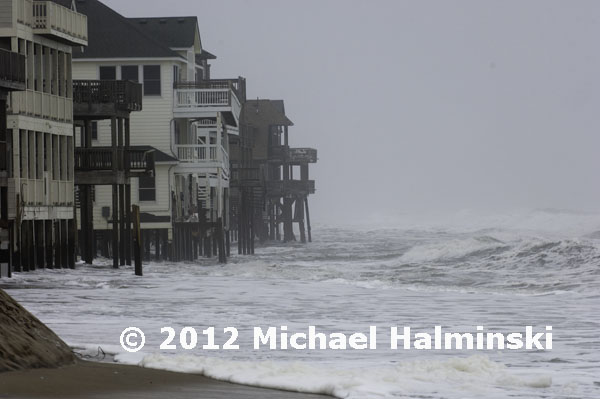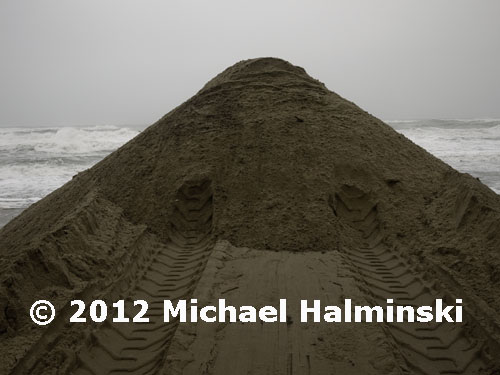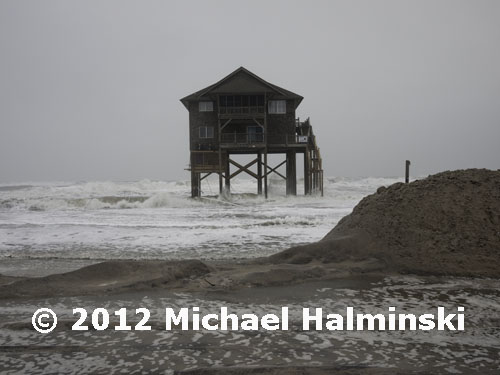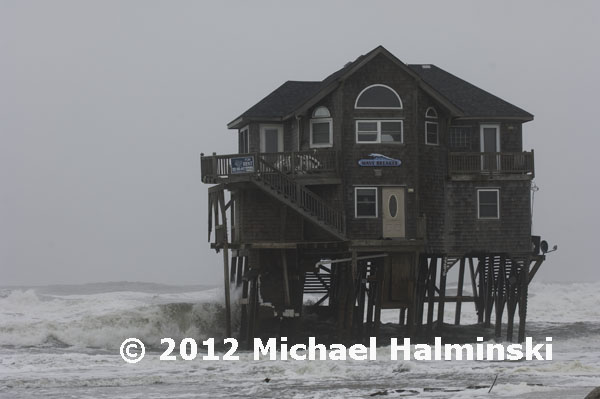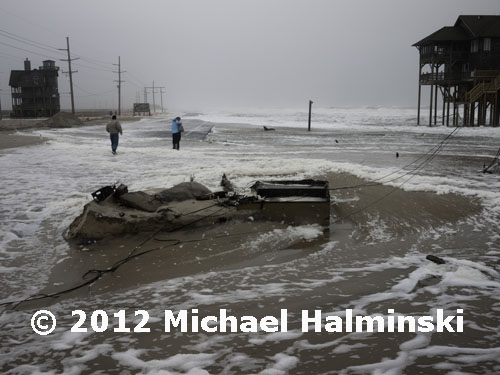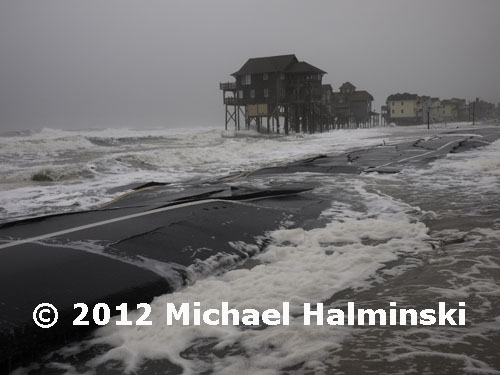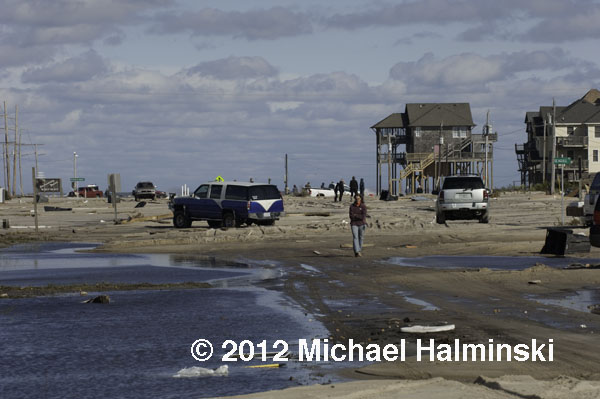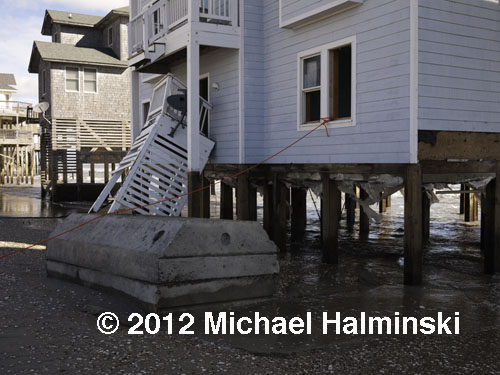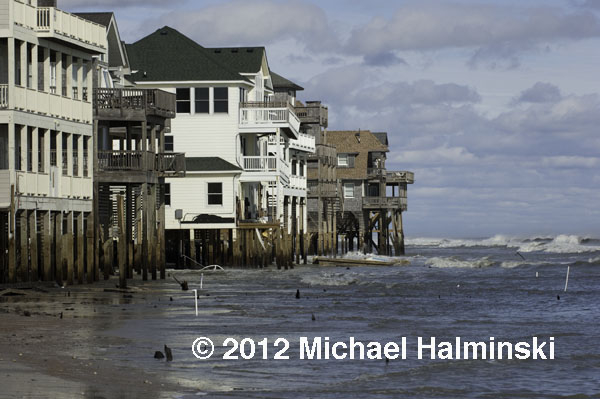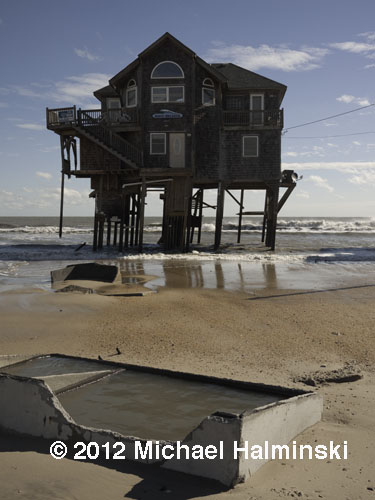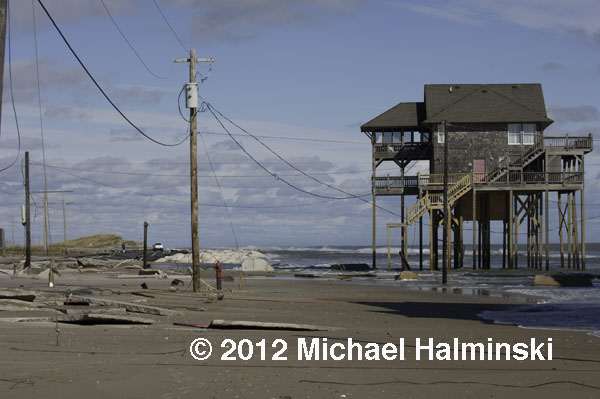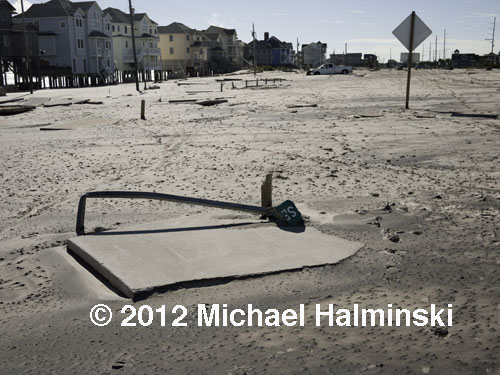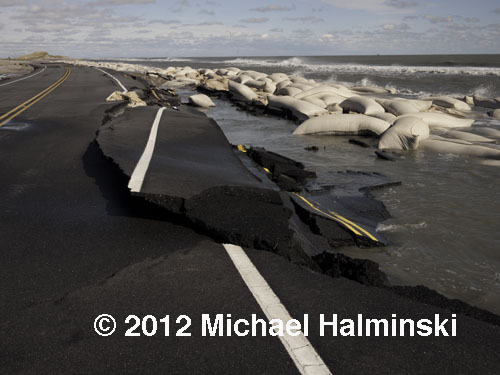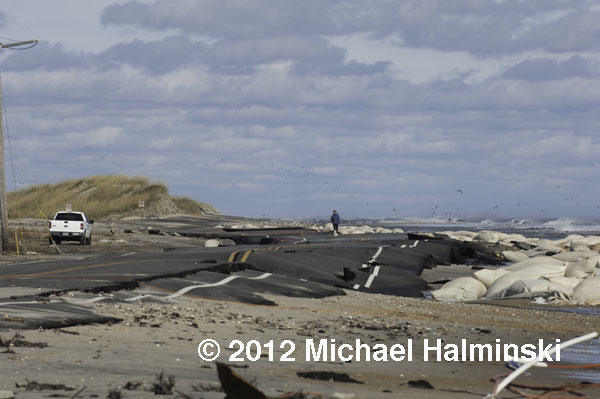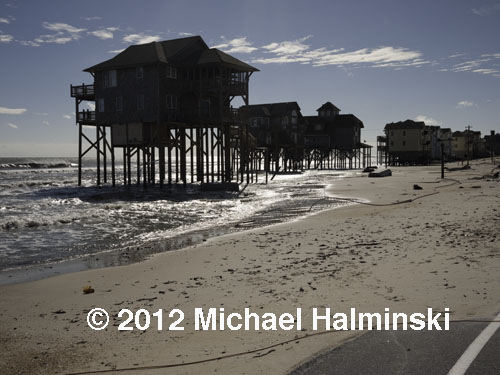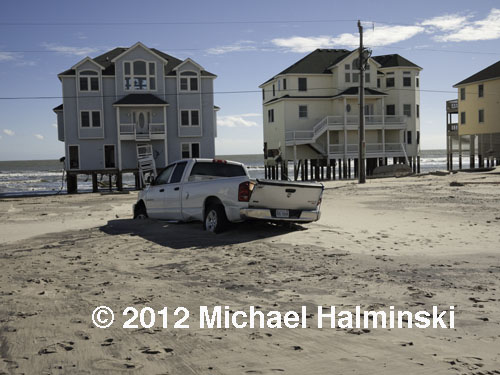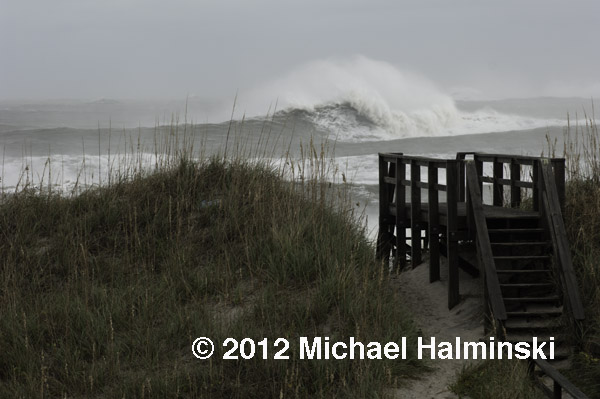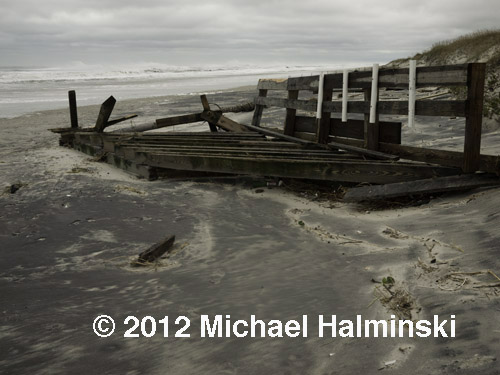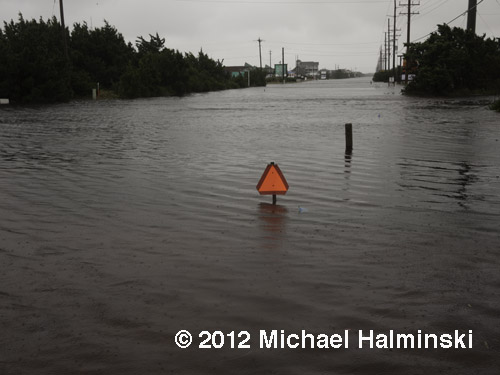Last month, I shot this photograph of Gunnery Sergeant Brian Meyer and Captain Blake Smith, as they were preparing for a day of fishing in the Florida Keys. They were excited to be involved in a fishing tournament with other enthusiastic anglers in a beautiful setting.
Fishing tournaments are fundraisers for specific charities. They are also fun for participants. This tournament’s beneficiary was The Bonefish and Tarpon Trust, an organization that conserves and enhances global bonefish, tarpon and permit fisheries and their environments.
The event was also giving attention to another organization, the Warriors and Quiet Waters Foundation. Their mission is “to provide traumatically injured servicemen and women from Iraq and Afghanistan with a high quality restorative program, utilizing the therapeutic experience of fly fishing on Montana waters”.
They sponsored Meyer and Smith to participate in the first annual Cheeca Lodge and Spa All American Backcountry Fishing Tournament. Both Marines were seriously wounded while serving in Afghanistan, and have had long, difficult recoveries. Meyer’s job was disarming IED’s and Smith was a helicopter pilot.
Guide Mike Makowski displays a nice redfish for us.
After catching yet another, Smith has Makowski release it.
Captain Blake Smith, guide Mike Makowski, and Gunnery Sergeant Brian Meyer relax after landing several redfish.
These remarkable men have overcome enormous odds, and use prosthetic devices with amazing skill. They enjoyed the tournament, as did everyone. Meeting them was a powerful, inspiring experience.
For info about the Warriors and Quiet Waters Foundation:
(copy and paste):
http://www.warriorsandquietwaters.org/
Also of interest: https://semperfifund.org/
Jeff Johnson was my guide for the tournament. I have used his expertise in the past. His invaluable knowledge has enabled me to snap some “key” photographs. Here he poles out of a shallow mud flat after I photographed the warriors. I am greatly indebted to him.



